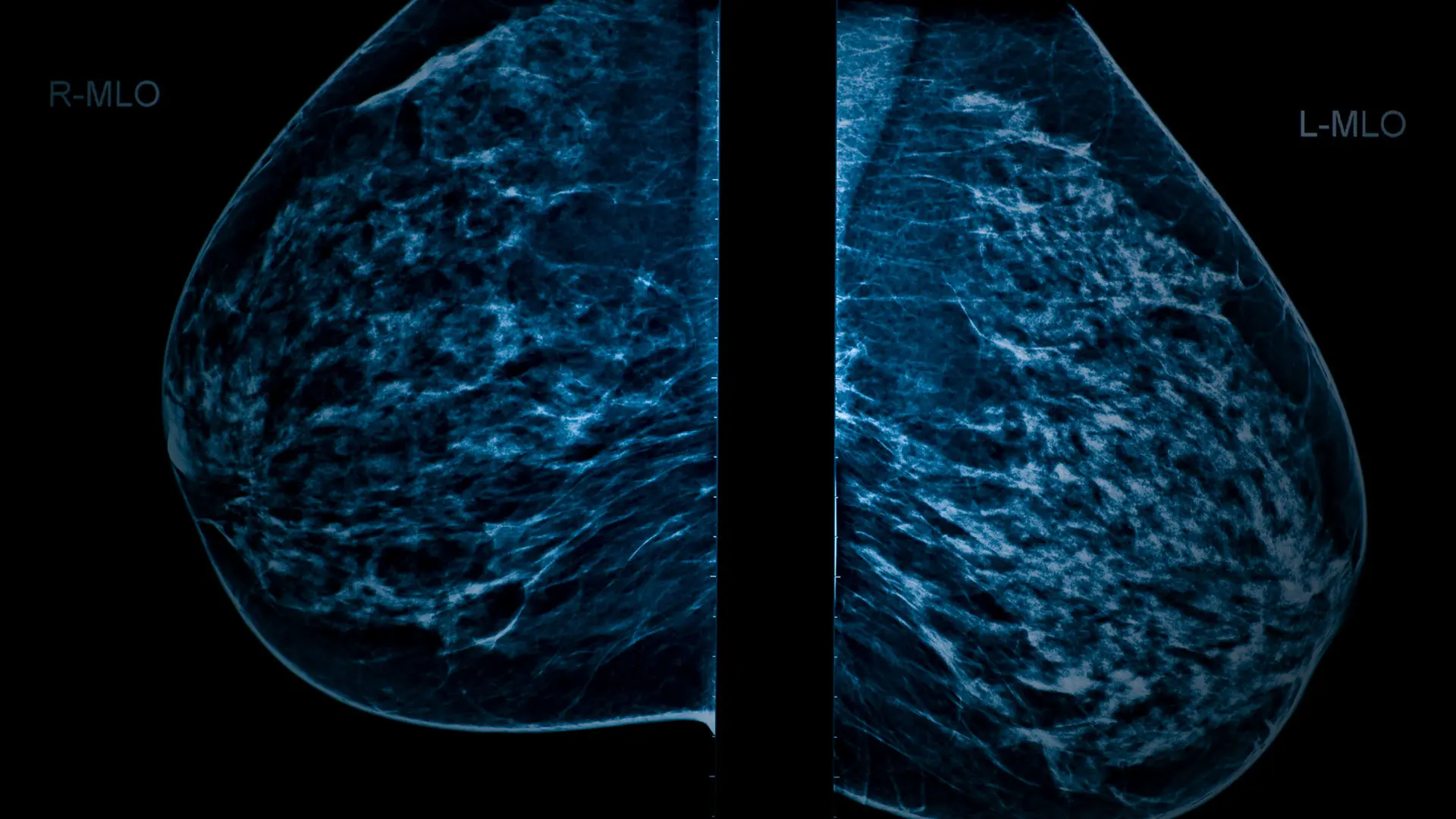The percentage of the breast area that appears radiodense or light on a mammogram is one of the strongest oncologic warning signs. In fact, dense breasts—common to about half of all women—may account for up to one-third of all breast cancers in the United States. When it comes to the biological mechanisms behind that association, however, scientists have long struggled for answers.
A new genome-wide association study (GWAS) in Nature Communications led by Weiva Sieh, MD, PhD, an international authority in the field, may shed light on the genetic underpinnings of mammographic density phenotypes and their relationship to breast cancer risk. The study identified 31 novel breast density loci, tripling to 46 the number of independent genome-wide significant loci now known.
“We’re still in the early stages of understanding how breast tissue composition predisposes some women to developing breast cancer, but this work will help us identify targetable genes and pathways that can lead to preventive new therapies.”
Weiva Sieh, MD, PhD
These findings enabled the first genetic pathway analysis of mammographic density loci. This revealed that genes for dense area—containing fibroglandular tissues—are involved in DNA repair and apoptosis, whereas genes for nondense area—containing fatty tissues—are involved in mammary gland development. Genetic correlation analyses showed that the genes underlying both the dense and nondense areas were significantly associated with breast cancer.
Dr. Sieh’s lab is also working with collaborators at Kaiser Permanente Northern California to further elucidate the genetic underpinnings of breast density and cancer risk by combining GWAS data with functional data from gene expression and co-expression networks. Their goal is to understand the mechanisms through which dense breast tissue increases breast cancer risk.
“We’re still in the early stages of understanding how breast tissue composition predisposes some women to developing breast cancer,” says Dr. Sieh, Associate Professor of Population Health Science and Policy, and Genetics and Genomic Sciences, Icahn School of Medicine at Mount Sinai. “But insights from this ongoing work will help us identify targetable genes and pathways that can lead to preventive new therapies.”
46
Mammographic density phenotypes identified
Featured

Weiva Sieh, MD, PhD
Associate Professor of Population Health Science and Policy, and Genetics and Genomic Sciences
